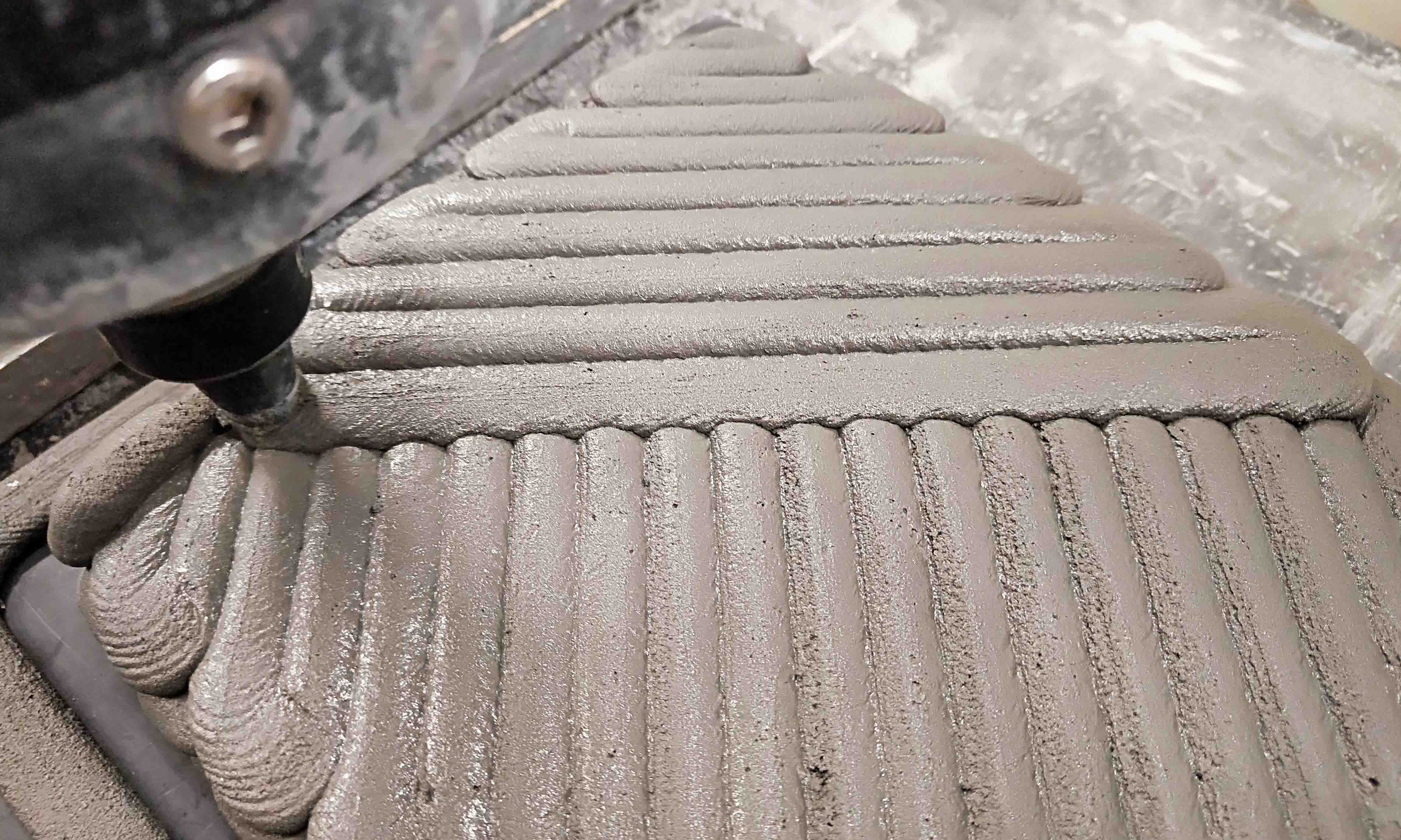How lobsters can help make stronger 3D printed concrete
20. 1. 2021 | RMIT University | www.rmit.edu.au
Digital manufacturing technologies like 3D concrete printing (3DCP) have immense potential to save time, effort and material in construction. They also promise to push the boundaries of architectural innovation, yet technical challenges remain in making 3D printed concrete strong enough for use in more free-form structures.
In a new experimental study, researchers at RMIT University looked to the natural strength of lobster shells to design special 3D printing patterns. Their bio-mimicking spiral patterns improved the overall durability of the 3D printed concrete, as well as enabling the strength to be precisely directed for structural support where needed.

When the team combined the twisting patterns with a specialised concrete mix enhanced with steel fibres, the resulting material was stronger than traditionally-made concrete. “3D concrete printing technology has real potential to revolutionise the construction industry, and our aim is to bring that transformation closer,” said Lead researcher Dr Jonathan Tran, a senior lecturer in structured materials and design at RMIT. “Our study explores how different printing patterns affect the structural integrity of 3D printed concrete, and for the first time reveals the benefits of a bio-inspired approach in 3DCP.“
Read more at RMIT University
Image Credit: RMIT University
-jk-




